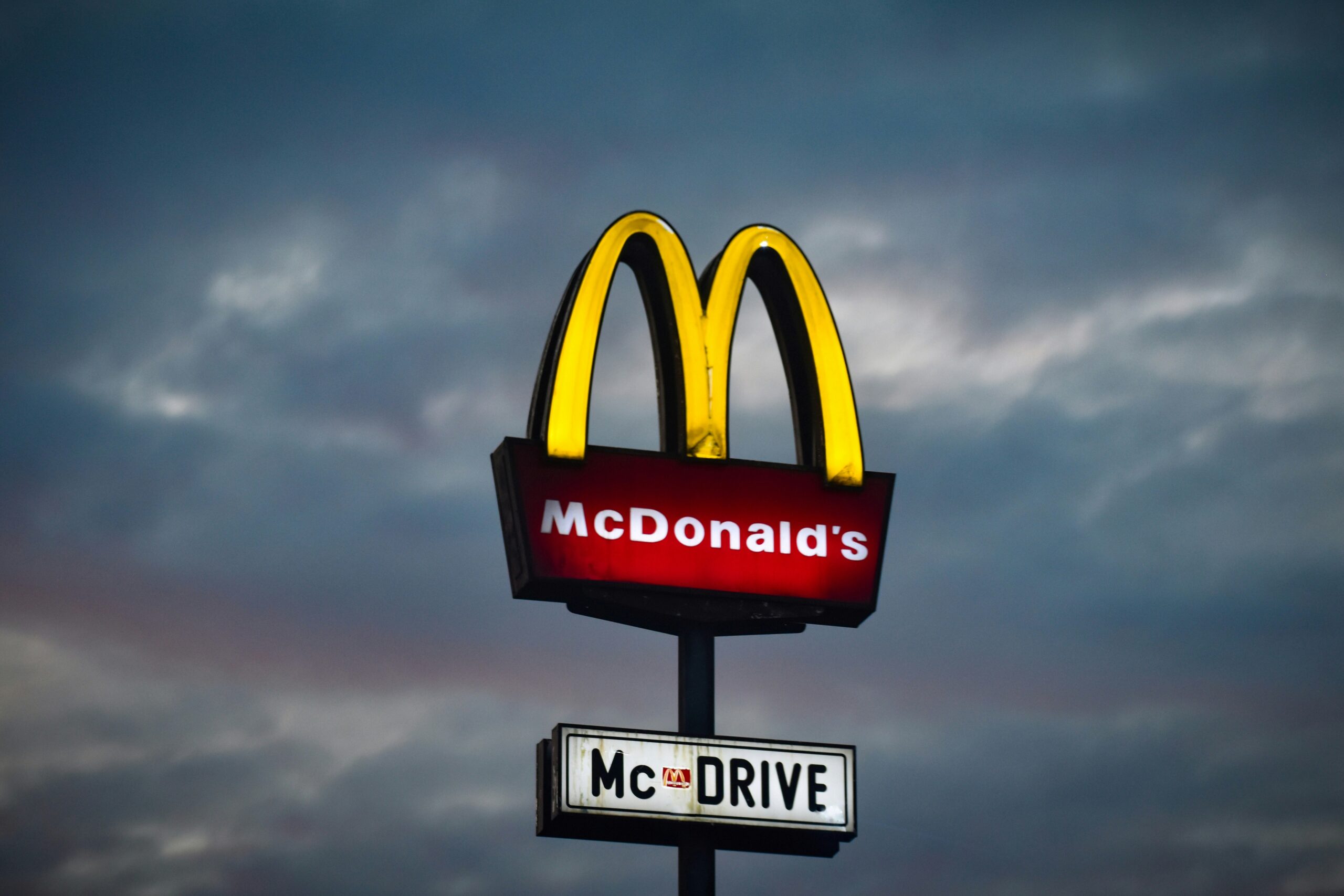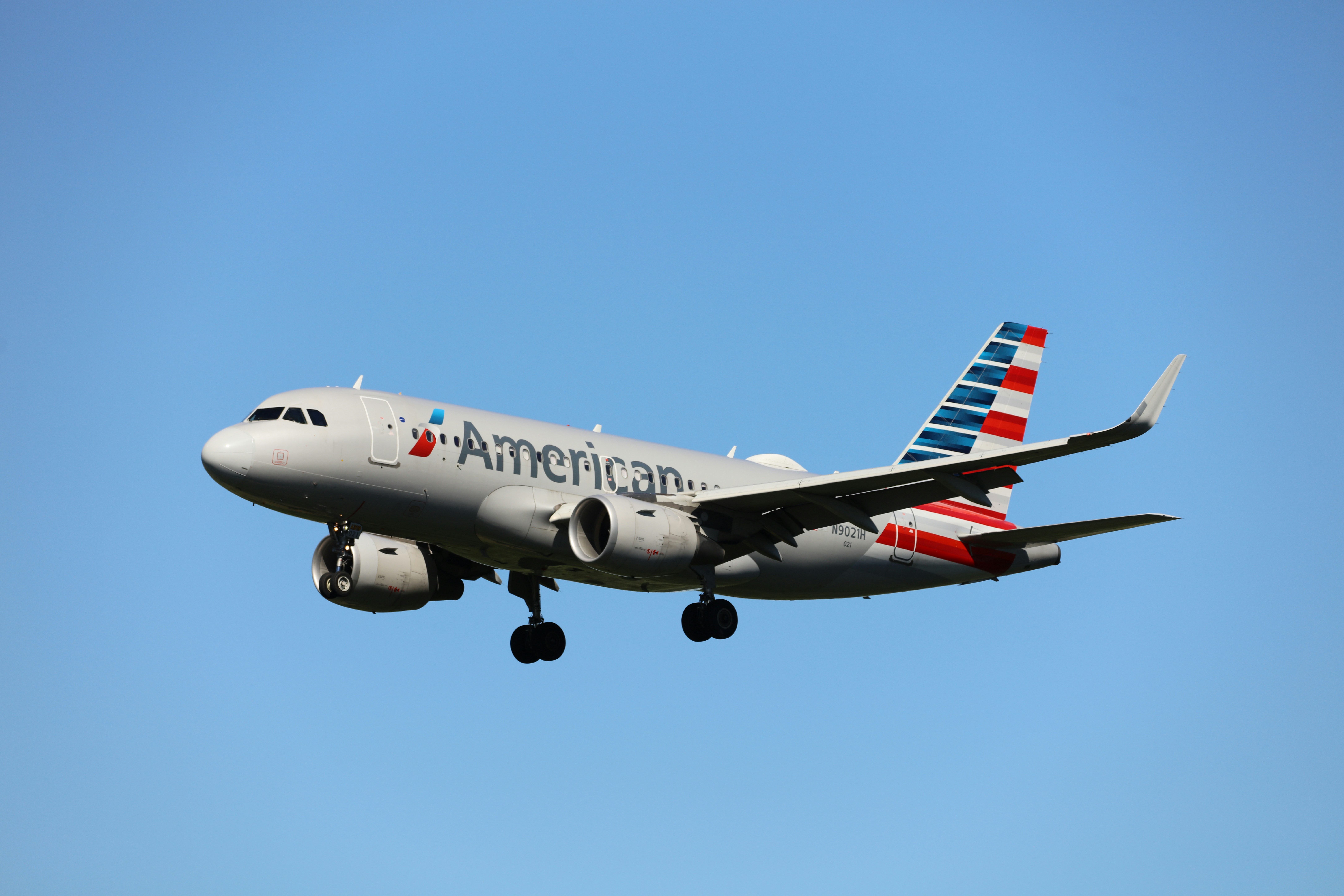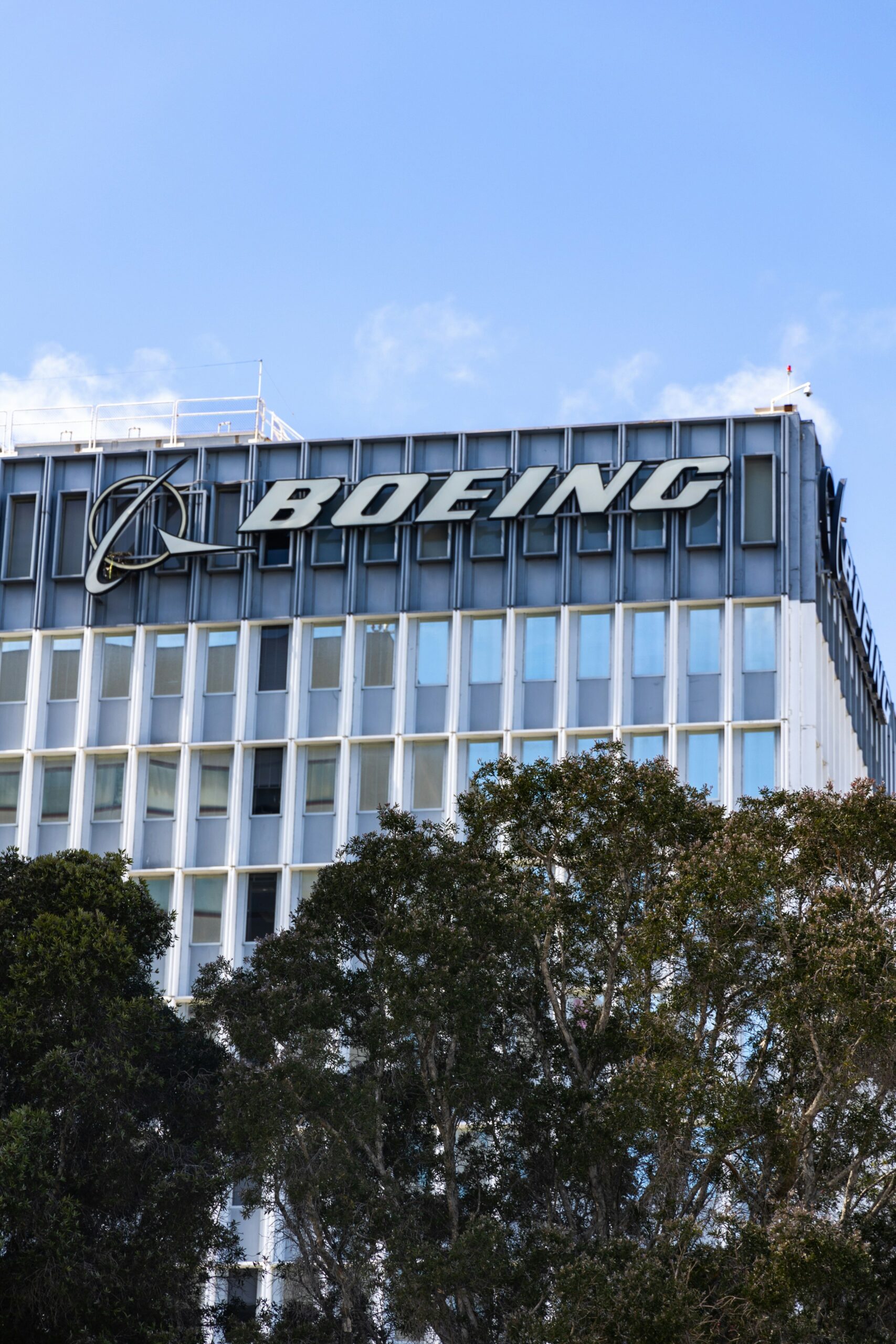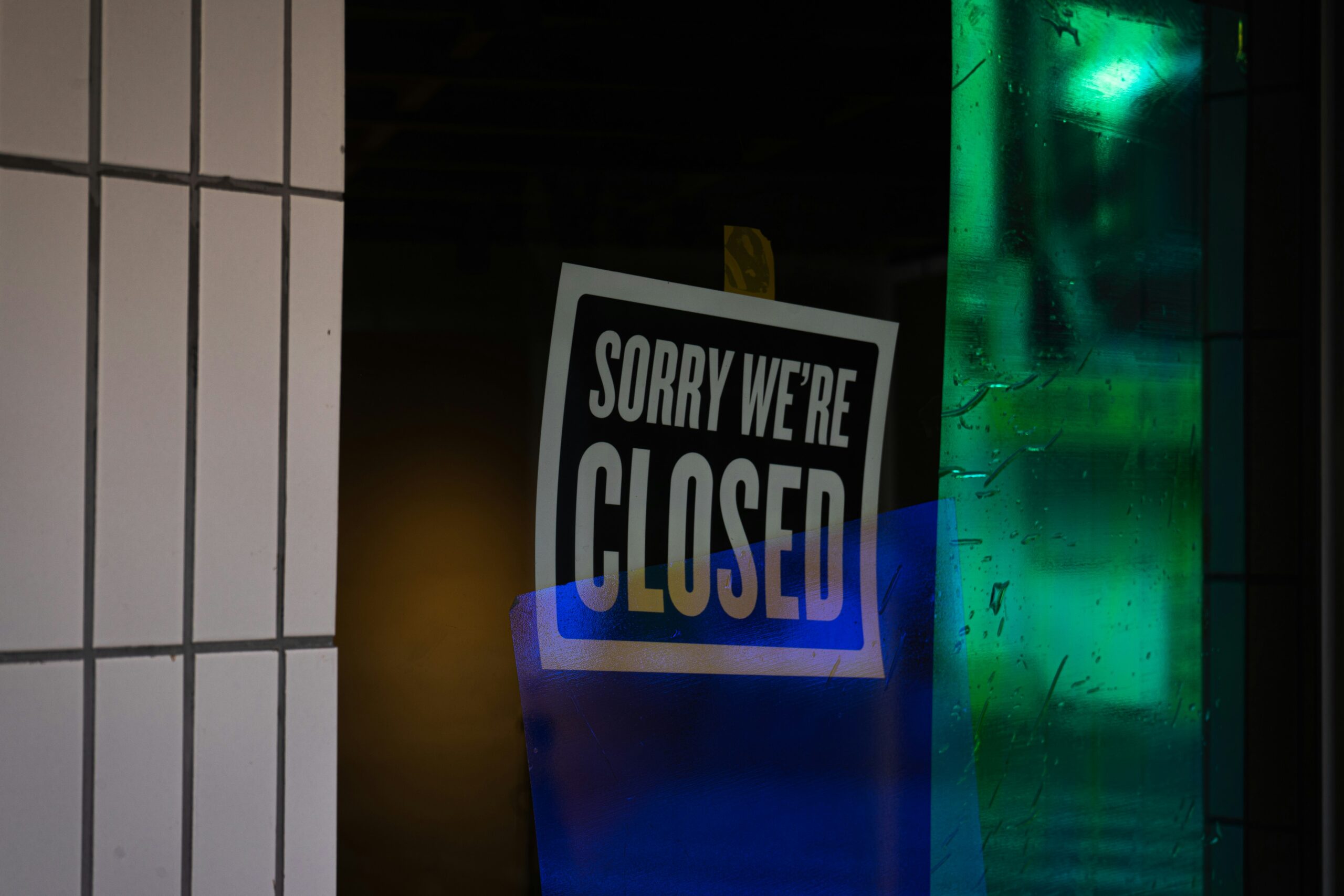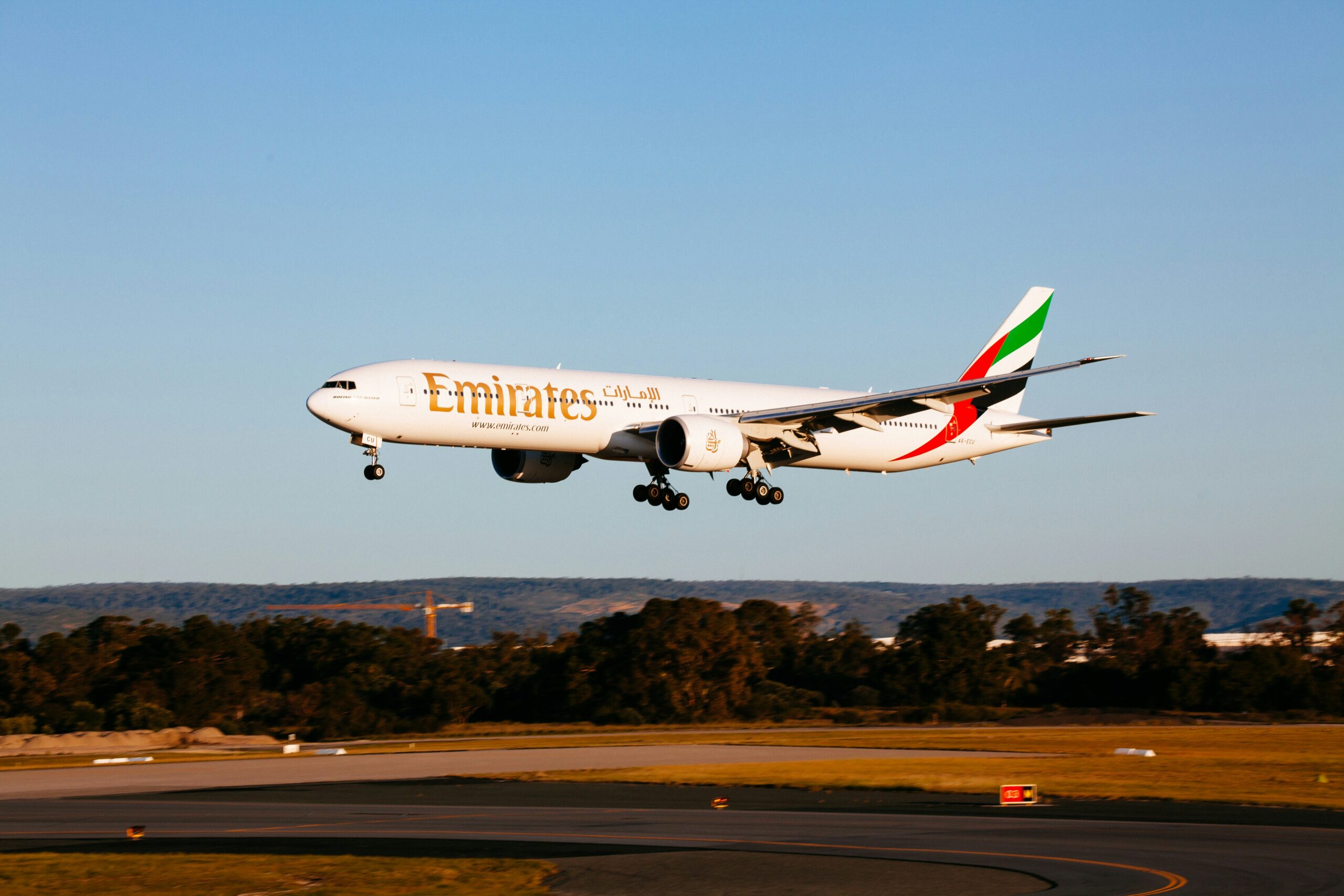Image credit: Unsplash
Major businesses in the fast-food sector are implementing aggressive price methods to attract customers amidst the threat of inflation. Both Burger King and McDonald’s have announced short-term $5 “value meal” deals. Burger King is allegedly rushing to start its offer before McDonald’s, which is scheduled to begin on June 25. The rivalry is getting more intense as Wendy’s enters the race with its own $3 breakfast special, not to be surpassed.
These promos have a very obvious goal in mind: to win over customers who are becoming tired of inflation and are suffering from growing costs. Ian Borden, the chief financial officer of McDonald’s, has stated that inflation is a factor influencing the chain’s sales, especially among lower-class demographics who are cutting back on their restaurant expenditure.
The pricing battle isn’t limited to the biggest fast-food chains. Businesses in a variety of sectors are battling the effects of inflation and are changing their business plans appropriately. To ease the load on customers, Target, for example, has announced plans to reduce prices on some 5,000 regularly purchased goods during the summer.
On the other hand, Walmart officials have seen that inflation has improved their sales. The retail behemoth’s market share has increased among affluent customers who are trying to make ends meet in the face of inflation thanks to its reputation as a low-cost destination.
Still, not every business is cutting costs to keep up with inflation. With a focus on higher-class, less price-sensitive patrons, Chipotle and Sweetgreen are two fast-casual eateries that have rejected the trend. This tactical approach implies that these businesses are under less pressure to lower their prices.
Analysts have noted that a greater number of fast-food restaurants than their fast-casual rivals aggressively raised prices last year, which helped to close the pricing difference between the two markets. By raising the perceived worth of their products, this change may have unintentionally helped fast-casual companies and given them a competitive advantage.
These choices are indicative of a calculated attempt to appeal to affluent, quality-conscious customers who are less susceptible to price swings. These establishments rely on the steadfastness of their clientele to weather economic headwinds without lowering prices by highlighting the value of their products.
This change may help fast-casual establishments by making their products seem more valuable than those of traditional fast-food restaurants. Understanding these price dynamics will be essential for businesses to remain competitive in the ever-changing food market as customer tastes and economic situations change.
The fast-food industry’s rush of value meal promotions is indicative of a larger trend in which businesses are adjusting to inflationary pressures. Some businesses are cutting prices to stay in business and attract budget-conscious customers, while others are using their brand positioning and target audiences to weather the storm without offering discounts.
The conclusion of this price war, which is intensifying over consumer spending, is likely to have a significant impact on the fast-food sector as a whole as well as on specific businesses. This is especially true given the problems posed by inflation.
